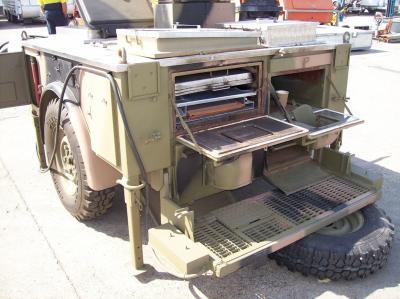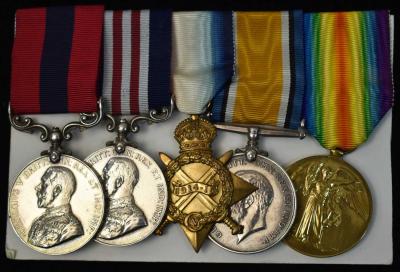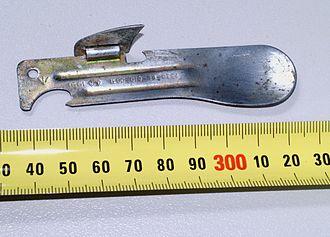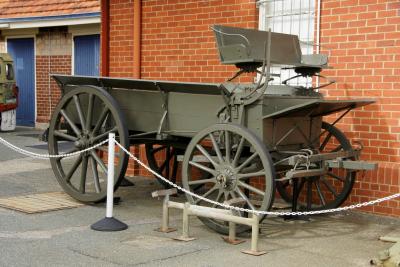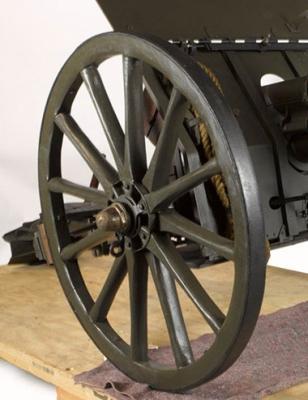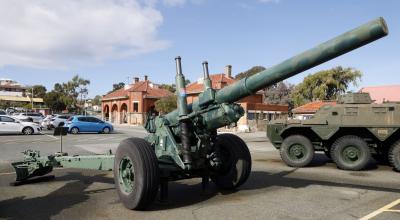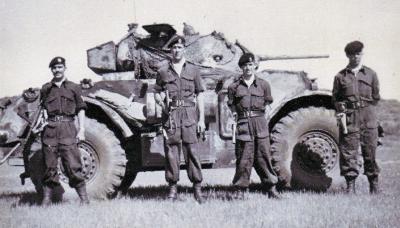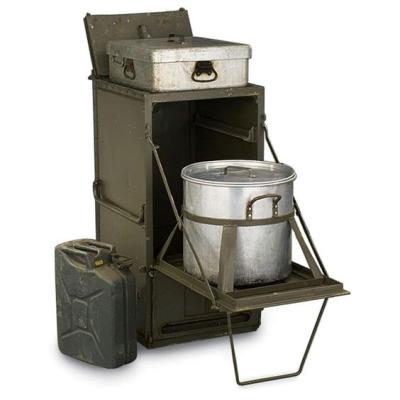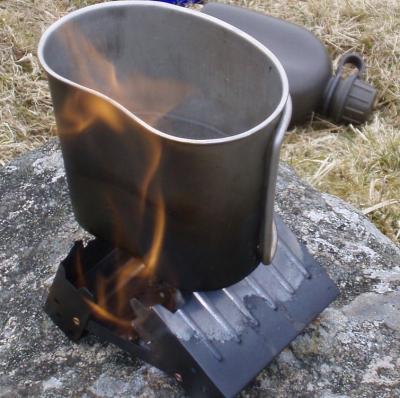Wiles Mobile Junior Steam Cooker World War 2
Built in Australia from 1942 until the early 1980s. Used by British, Australian and US forces during the Second World War, UK forces through to the 1960s, and the Australians up until 1980. The Wiles cooker was advanced for its time, in that it steamed food, rather than boiled it - thus preserving much more of its nutritional value. It was well liked by the troops who felt they got decent tasting food in the field, rather than boiled mush, as was often the case with other field kitchen meals.
With the outbreak of World War Two, the Australian Army eventually reverted to the use of steam cooking. With the support of Sir Stanton Hicks, who favoured the more nutritional steam cooking, the Army eventually adopted Wiles stoves for use in World War 2. Two models were produced, a 2 wheel and a larger 4 wheel model. They could be operational in 20 minutes, and cooking could take place while being towed up to 35 mph. The units remained in service in the Australian Army until 1980 when boiling/baking style cookers were reintroduced.
Details
Details
Having a hot meal in the field out on exercise or on deployment is important for the health and morale of ground troops. This type of field kitchen was developed during the Second World War by the Australian Army and used until the early 1980s. Towed behind trucks, Wiles Cookers were an important part of the supply and logistics 'train' supporting deployed Australian ground forces.
Sir Stanton Hicks CStJ, MSc, MD, PhD, FIC, was professor of Physiology and Pharmacology at the University of Adelaide. His major interest was human nutrition. In 1942 Australian troops came back from fighting the Japanese in New Guinea exhausted and malnourished. The army rations of bully beef and biscuits were insufficiently rich in vitamins to sustain men in combat in tropical conditions. Hicks was one of a vast army of scientists who worked behind the scenes to maximize the war effort. He made it his mission to improve the army diet. He set up the Australian Army Catering Corps and was the first Director of Catering for the Australian Army. He invented combat ration packs and tried to introduce vitamin-rich foods into the soldiers’ diet. Two of his more idiosyncratic innovations were wheat porridge and Tasmanian blue peas.
Australian Army Museum of Western Australia
Australian Army Museum of Western Australia
Other items from Australian Army Museum of Western Australia
- Motorised Submersible Canoe "Sleeping Beauty"
- Kitchen Field Mobile (KFM)
- Distinguished Conduct Medal - WX14757 Corporal Merv Hall, 2/16 Battalion
- Medal Group including Distinguished Conduct Medal and Military Medal 3400 Sergeant John Alexander SPENCE, 12 Battalion AIF and 52 Battalion AIF
- Food Ration Eating Device (FRED)
- General Service Wagon World War 1
- Artillery Pattern Wheel
- 5.5 Inch Gun
- Post 1945, Perth Staghound Armoured Car, 10 Light Horse
- Immersion Heater
- M59 Field Stove with M2 Burner
- Hexamine Stove
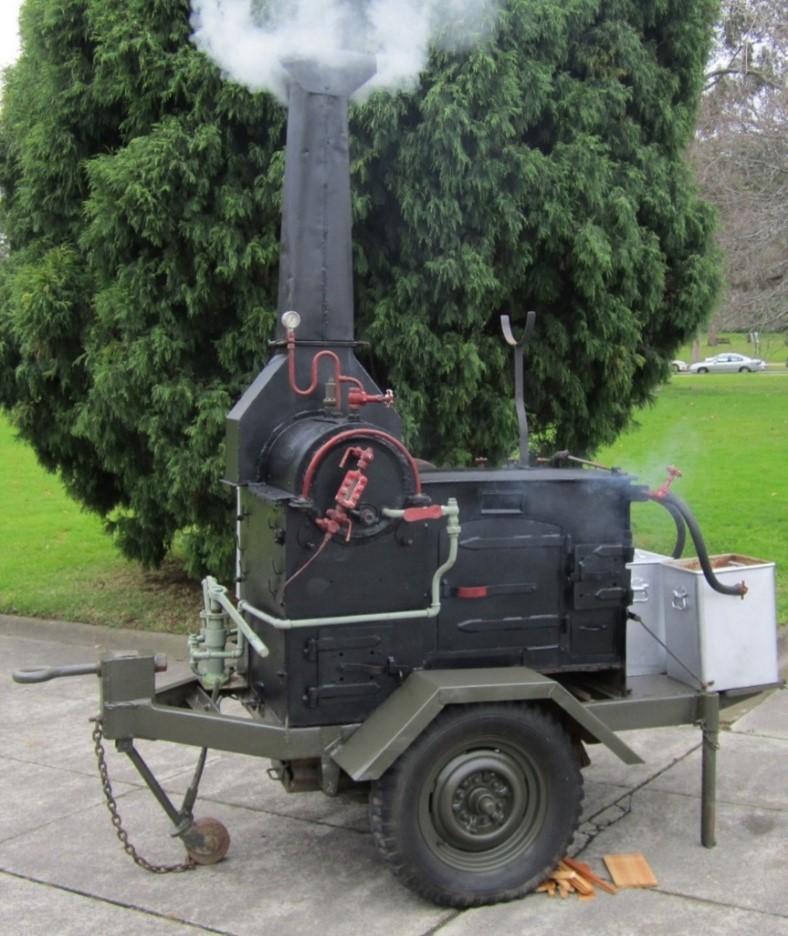
Scan this QR code to open this page on your phone ->


